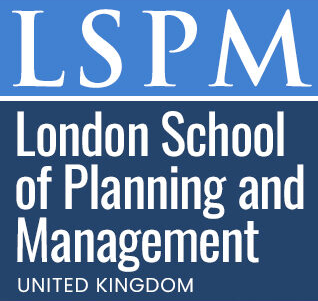All Podcasts
Listen to our expert discussions on business, education, and professional development
Masterclass Certificate in Smart Metering Fundamentals
Jun 21, 2025
9 views
Professional Certificate in Dismantling Systemic Racism in Schools
Jun 21, 2025
9 views
Professional Certificate in Web Scraping for Business Intelligence
Jun 21, 2025
9 views
Certified Professional in Space Mining Reputation Enhancement
Jun 21, 2025
9 views
Certified Professional in Music Therapy for Compassion
Jun 21, 2025
9 views
Career Advancement Programme in Aerospace Materials for Aerospace Professionals
Jun 21, 2025
9 views
